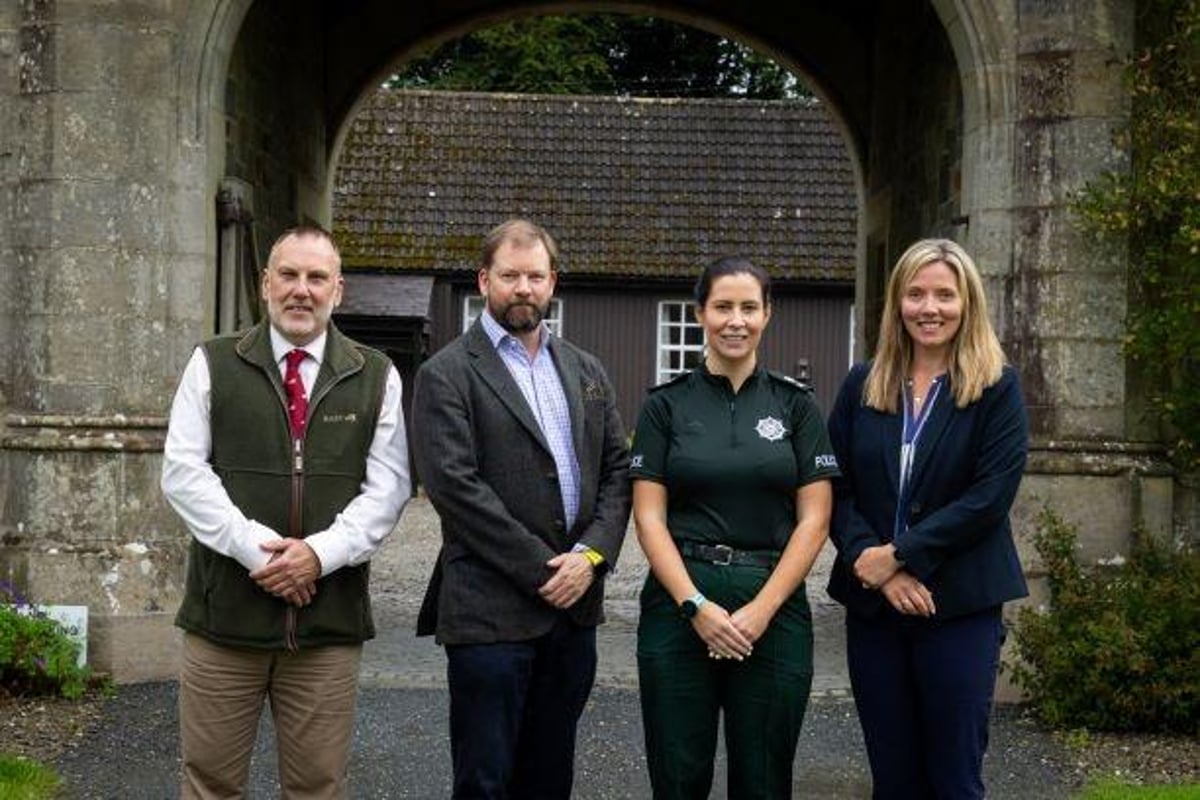By The Hindu Bureau
Copyright thehindu

Scientists at the CSIR-Centre for Cellular and Molecular Biology (CCMB) in Hyderabad announced on Monday that they have discovered how cells adapt their internal skeletons to form protrusions — structures that help combat pathogens and play a key role in processes such as wound healing, immune response and cancer progression.
A cell’s shape is determined by a dense, branched network of actin near its membrane. Actin molecules are highly dynamic and known for their ability to push against the cell membrane. When a cell needs to form a new shape or protrusion, it must generate a fresh meshwork of actin that pushes in the desired direction.
Led bySaikat Chowdhury, the CCMB team found that cells regulate the formation of this new actin mesh through a protein called SPIN90. Working at the cryogenic electron microscope facility, he and Justus Francis, a PhD scholar in Chowdhury’s group at CCMB, discovered that SPIN90 functions as a dimer with another protein complex, Arp2/3, enabling protrusions to form in two directions and reshaping the cell.
“This process helps us understand how cells remodel themselves in both health and disease. We were able to observe SPIN90’s action at nearly atomic resolution, which revealed the precise mechanism controlling how mammalian cells too divide and function from early stages,” said Francis, first author of the study that has been published in ‘Nature Structural & Molecular Biology’, according to a press release.



